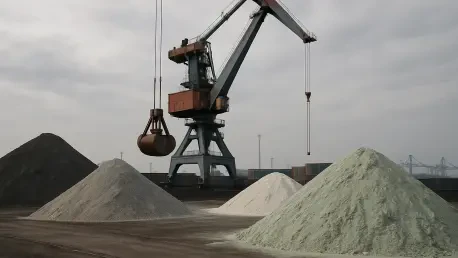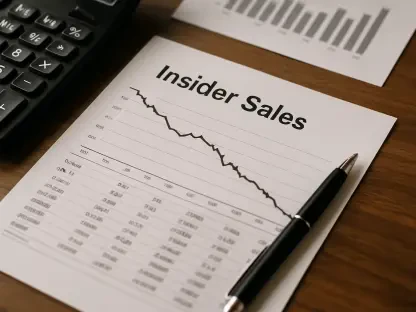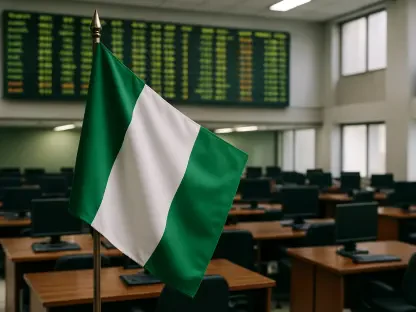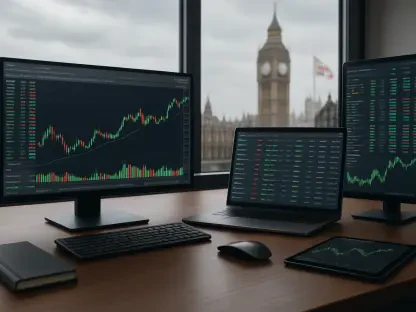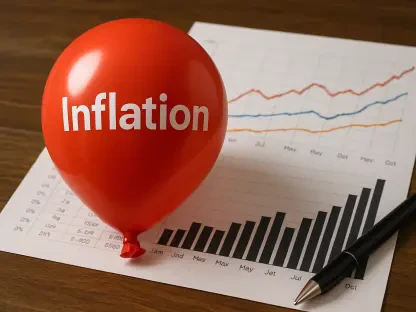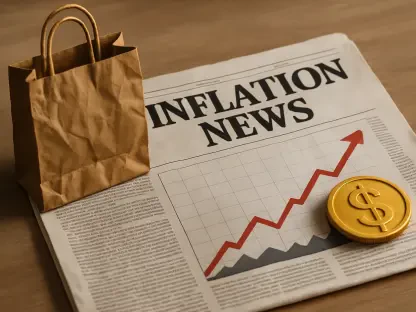I’m thrilled to sit down with Priya Jaiswal, a distinguished expert in Banking, Business, and Finance, whose deep knowledge of market analysis and international business trends offers invaluable insights into the complex dynamics of global trade. With a particular focus on the escalating tensions between the U.S. and China, especially concerning China’s recent rare earth export controls, Priya is here to unpack the implications for supply chains, trade relations, and geopolitical strategies. Our conversation will explore how these controls could reshape industries, the state of diplomatic negotiations, and the broader impact on global markets.
Can you walk us through the significance of China’s new rare earth export controls and why they’re being viewed as a major concern for global supply chains?
Absolutely. Rare earth elements are critical for a wide range of industries, from tech to defense, because they’re essential in manufacturing things like smartphones, electric vehicle batteries, and military equipment. China dominates the global supply, producing around 60-70% of these materials. Their new export controls, which tighten restrictions on shipping these resources abroad, are seen as a strategic move to leverage their dominance. U.S. officials have called it a “global supply-chain power grab” because it could choke off access for other countries, forcing them to either find alternative sources—which are scarce—or bend to China’s political or economic demands. This isn’t just about trade; it’s about control over the building blocks of modern economies.
How are these restrictions likely to impact specific industries in the U.S. that depend on rare earth materials?
The impact could be profound, especially for industries like technology, automotive, and renewable energy. For instance, the production of electric vehicles relies heavily on rare earth magnets for motors. If supplies are curtailed, companies could face production delays, higher costs, or even redesign challenges. The defense sector is another big concern—rare earths are used in everything from missile guidance systems to fighter jets. A disruption could compromise national security. The U.S. does have some domestic production and stockpiles, but they’re nowhere near enough to meet demand if China fully tightens the screws.
What’s the latest on these export controls from China—are they already in effect, or is there still room for change?
As of now, these controls are still in draft form, meaning they haven’t been fully implemented. This gives a sliver of hope that China might reconsider or adjust the scope based on international pushback or negotiations. U.S. officials have noted that Beijing could still step back, much like how some tariff escalations have been paused in the past. However, the draft itself is a strong signal of intent, and it’s created a lot of uncertainty in global markets already.
How are U.S. officials framing their response to China’s potential restrictions on rare earths?
The U.S. response has been quite vocal and firm. Top officials have labeled China’s actions as a direct challenge to prior trade agreements and a risk to global economic stability. They’ve made it clear that if China moves forward with these controls, the U.S. is prepared to act—whether through retaliatory tariffs, export controls of their own, or by accelerating efforts to diversify supply chains. There’s a strong emphasis on not wanting to escalate, but also a readiness to decouple economically if China proves to be an unreliable partner.
Can you shed some light on the current state of U.S.-China trade relations, especially with the temporary tariff truce in place?
U.S.-China trade relations are in a fragile state right now, marked by a series of temporary truces. There’s been a six-month pause on tariff escalations, extended in 90-day increments, which has kept some stability in the relationship. However, new irritants like tit-for-tat port fees on each other’s ships have added fresh tension. There’s talk of possibly extending this truce for a longer period, but it’s all tied to ongoing negotiations. Both sides seem to be walking a tightrope—wanting to avoid a full-blown trade war but unwilling to concede too much ground.
How significant is the upcoming meeting between the U.S. and Chinese leaders in South Korea for de-escalating these tensions?
This meeting, expected later this month in South Korea, could be a pivotal moment. Personal rapport and trust between leaders often play an outsized role in diffusing high-stakes conflicts like this. Past tariff escalations have been avoided partly due to direct dialogue at this level. The U.S. is likely hoping for concrete commitments from China to delay or soften the rare earth controls, while China might seek assurances on tariffs or other trade barriers. It’s not just about the agenda items—it’s about signaling a willingness to cooperate.
What’s been the reaction from other countries or international groups to China’s rare earth export controls?
The international response has been one of concern, especially among U.S. allies. At a recent G7 meeting, for example, Japan’s Finance Minister expressed strong worries about the controls, urging a coordinated response. There’s a shared fear that if China weaponizes its rare earth dominance, it could destabilize global markets. While no joint action plan has been announced, discussions are happening, and there’s a sense that retaliatory spirals could hurt everyone. Countries are also quietly looking at ways to reduce dependency on Chinese supplies, though that’s a long-term fix.
Looking ahead, what’s your forecast for U.S.-China trade relations in light of these rare earth controls and broader tensions?
I think we’re in for a bumpy ride over the next few months. If China implements these controls without compromise, we could see a significant escalation—more tariffs, export bans, and a push toward economic decoupling. However, the upcoming leaders’ meeting offers a chance to hit pause and negotiate a way forward. Longer term, I expect the U.S. and its allies to double down on building alternative supply chains for critical materials like rare earths, even if it’s costly and slow. The bigger question is whether both sides can find a balance that avoids a full trade war while addressing their strategic priorities. It’s a delicate dance, and the stakes couldn’t be higher.
